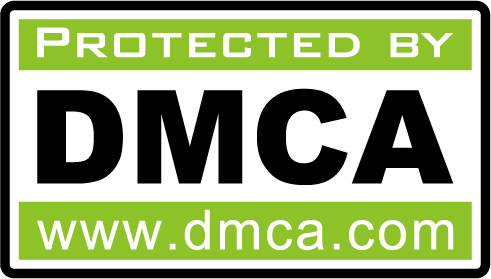Introduction
Bearings are crucial components in both automobile and aerospace industries, playing a vital role in the dynamic performance of rotating machinery. They are generally categorized based on the type of contact they make with the mating surfaces: point contact or line contact. Understanding the differences between these two types of bearings is essential for selecting the appropriate bearing for specific applications.
Point Contact Bearings
Point contact bearings, such as ball bearings, have a single point of contact between the rolling element (ball) and the raceway. This type of bearing is characterized by its ability to handle both radial and axial loads but is typically more suited for applications with lighter loads.
- Load Distribution: The load in point contact bearings is concentrated at a single point, which can lead to higher stress concentrations.
- Friction and Wear: Due to the smaller contact area, point contact bearings generally exhibit lower friction compared to line contact bearings. However, this also means that wear can be more localized.
- Applications: Point contact bearings are commonly used in applications where high-speed rotation and low friction are critical, such as electric motors, hard drives, and precision instruments.
- Vibration Characteristics: According to what I know, ball bearings (point contact) show less amplitude variation and peakedness in vibration signals compared to line contact bearings.
Line Contact Bearings
Line contact bearings, such as tapered roller bearings, have an elongated line of contact between the rolling element (roller) and the raceway. These bearings are designed to handle heavier loads due to their larger contact area.
- Load Distribution: The load in line contact bearings is distributed along a line, reducing stress concentrations and allowing for higher load capacities.
- Friction and Wear: While line contact bearings have higher friction due to the larger contact area, they also distribute wear more evenly across the surface.
- Applications: Line contact bearings are ideal for heavy-duty applications such as automotive wheel hubs, industrial machinery, and aerospace components where both radial and axial loads need to be supported.
- Vibration Characteristics: The information provided indicates that tapered roller bearings (line contact) exhibit higher amplitude variation and peakedness in vibration signals compared to ball bearings.
Statistical Analysis of Vibration Signals
The study referenced uses statistical analysis of raw vibration signals and their spectral components to differentiate between point and line contact characteristics:
- RMS (Root Mean Square): RMS values provide an indication of the overall energy content in the vibration signal. Higher RMS values were observed in line contact bearings.
- Standard Deviation: This measures the variability or dispersion of vibration amplitudes around the mean value. Line contact bearings showed greater standard deviation.
- Kurtosis Analysis: Kurtosis measures the “peakedness” of the vibration signal distribution. Higher kurtosis values indicate more pronounced peaks in line contact bearing vibrations.
In all parameters analyzed—RMS, standard deviation, and kurtosis—line contact bearings demonstrated higher values compared to point contact bearings.
Conclusion
Both point and line contact bearings have unique characteristics that make them suitable for different applications:
Point Contact Bearings (Ball Bearings):
- Lower friction
- Suitable for high-speed applications
- Better for lighter loads
Line Contact Bearings (Tapered Roller Bearings):
- Higher load capacity
- Better distribution of wear
- Suitable for heavy-duty applications
Understanding these differences helps engineers select the right type of bearing based on specific operational requirements.










